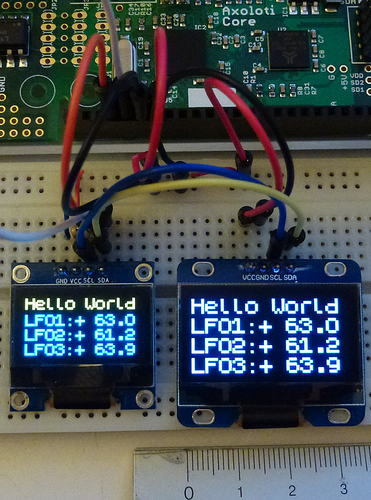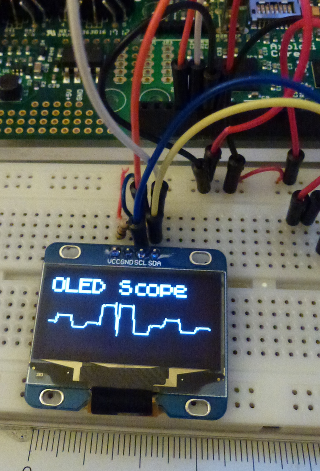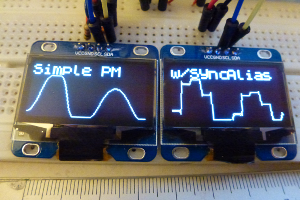I know this is old, but to answer this for others, who do want fancy stuff but dont know how much effort it takes 
Its not a problem to code the PIS or I2C for "talking" to the Display, wheather it may be your OLEd or some electronic assembly or whatever, what is the problem, or rather the time consuming part, is the presentation of the diplay data.
You have to write routines for diplaying text, then lines, then maybe graphs and stuff like that, then you have to allign them in the right places on the display and then you have to do that in a very general form, since this was only one screen, and probably you want to show more different stuff in a menu kind of style... and that just takes a huge amount of time to program, it is not very difficult to do, but it is very time consuming.
To tell a bit more, normally the Displays have an controller onboard with which you have to communicate, therefore you have to read a big datasheet to get to know all the possibilities you have and commands you have to implement and so on.





 maybe, i wasn't looking at the right places.
maybe, i wasn't looking at the right places.



